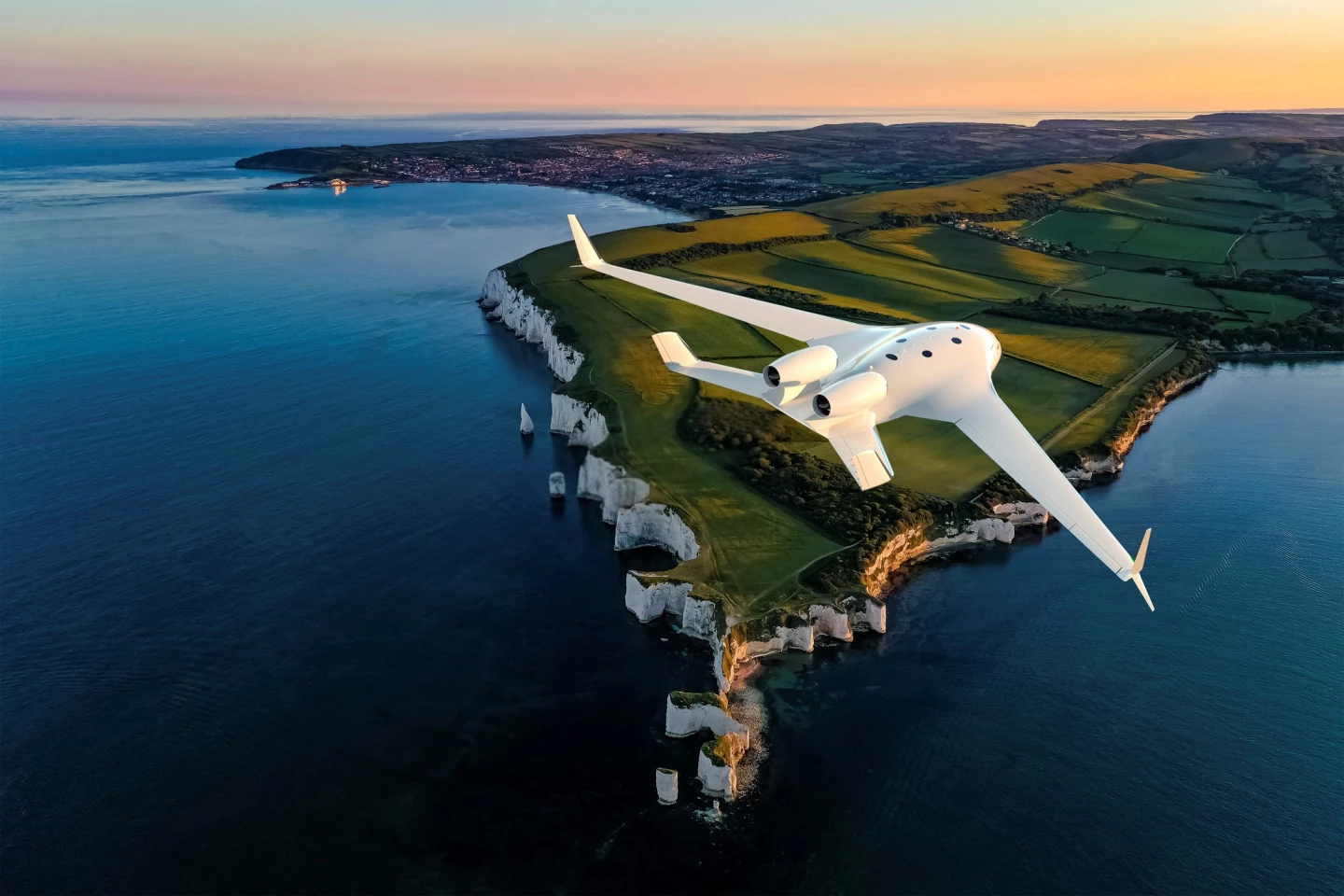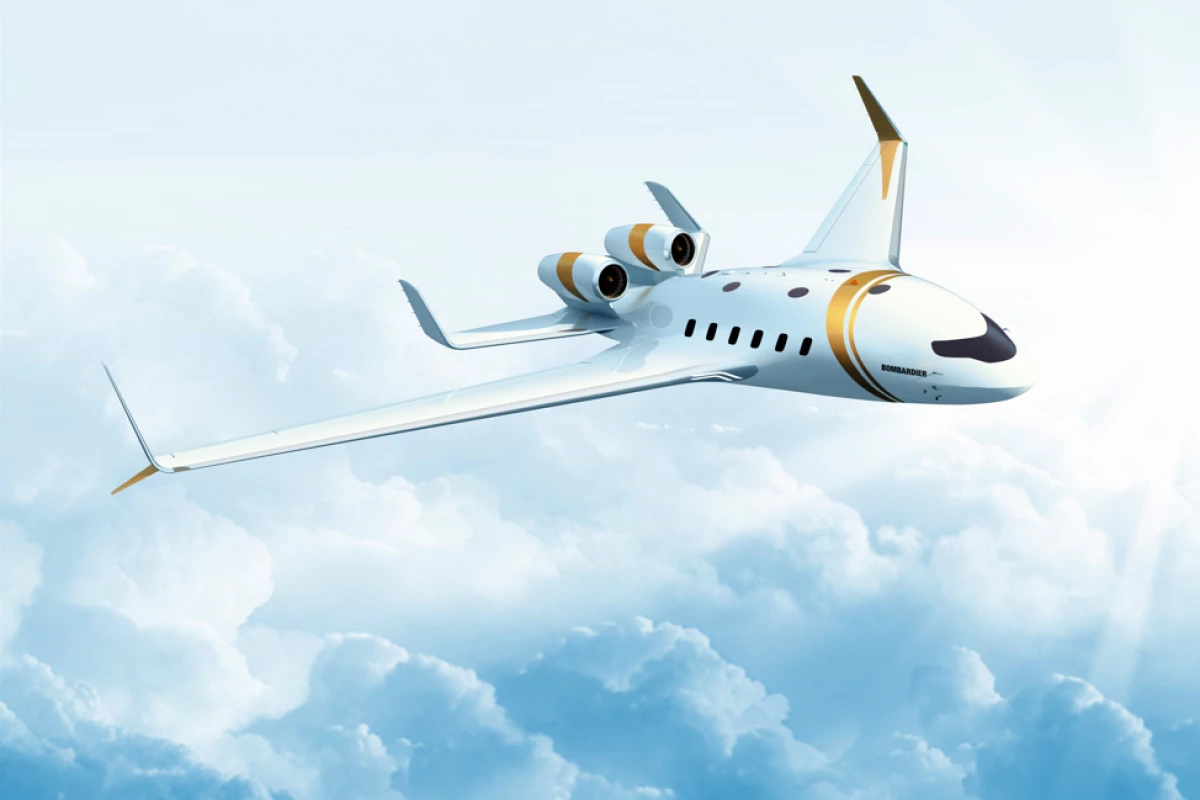Bombardier says it's stepping up prototype testing on its blended-wing Ecojet project, aiming to use its lift-generating fuselage, low-drag wingspan and propulsion advances to heavily reduce fuel burn and cut emissions in half.
We're seeing more and more of the blended wing idea of late, in the work of groups like Airbus, Natilus, JetZero and NASA. We're not precisely sure why, or even if, this idea's time has arrived. Maybe it's largely to do with hydrogen, which is shaping up as the likely way forward for clean aviation in a zero-carbon transport model. Hydrogen, both in gaseous and liquid forms, takes up a lot of space, and a blended wing fuselage has plenty of extra room.
Maybe it's materials and manufacturing advances giving major companies the confidence that they might be able to build and certify something other than a tube with wings. Maybe anything goes when an entire industry is staring down nigh-impossible looking global zero-carbon mandates in less than 30 years' time; the blended wing concept offers a way to increase lift, reduce drag, reduce noise and lower fuel consumption and emissions as a result.
Maybe it's simply a nice greenwashing opportunity, a way for planet-despoiling fat cats to milk the vim and vigor of idealistic engineering graduates in their first years on the job, pump out renders and churn them into good PR cheese. If so, well, you got us again, you cheeky monkeys. We can't resist a good weird-looking aircraft.

Business jet manufacturer Bombardier has had a team on the Ecojet project for several years at this point. According to a recent presentation, flight testing is now complete on the company's first blended-wing aircraft prototype, at around 7% scale. A second prototype, double that size, has been flying since sometime last year.
Bombardier is light on detail at this point, simply saying the first prototype proved a new aircraft control architecture, and the team's ability to model these odd wing shapes at transonic speeds. The goal is to cut emissions by 50% compared to a standard jet design, although looking at the renders and the small prototype shown in the video, it's far from the most extreme interpretation of the blended wing concept that we've seen. Indeed, it almost gives the appearance of a regular plane that's been a bit sat on.
But the result is still quite cute, and gives off some mild Thunderbird 2 vibes. Check out a short video below.
Source: Bombardier






